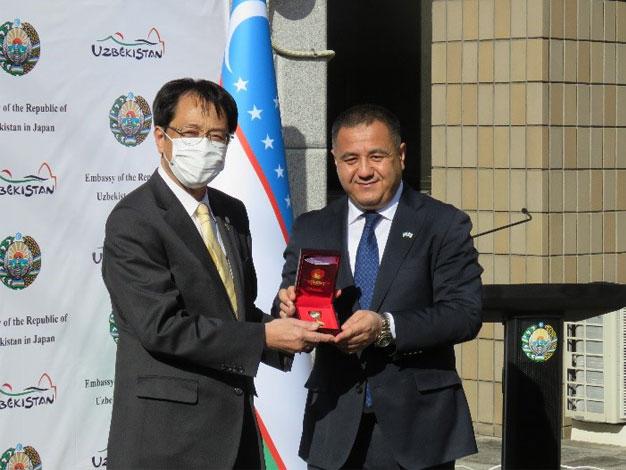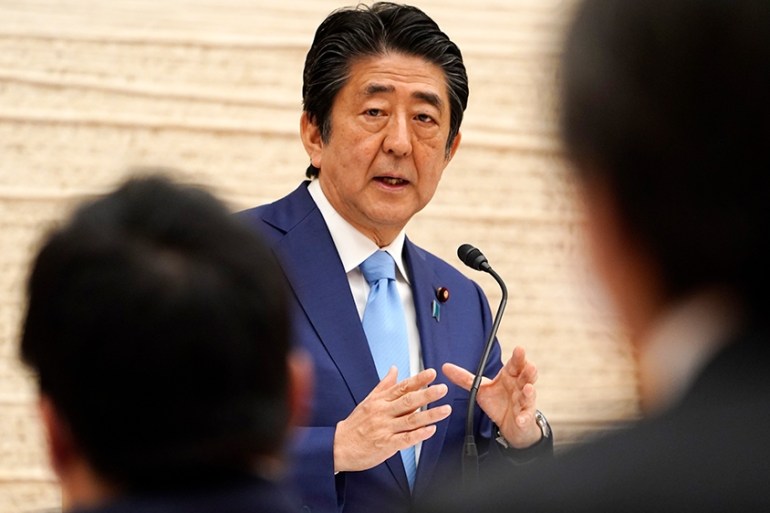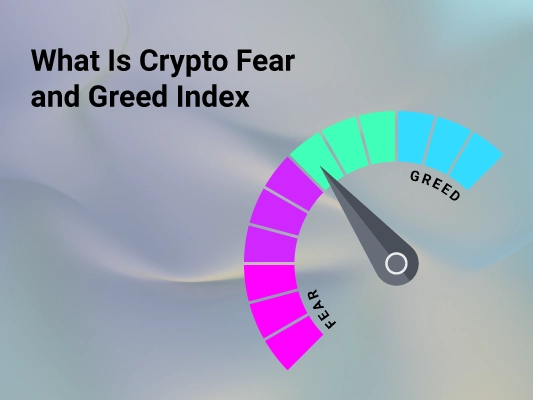[ad_1]
The world is getting warmer and, for billions of people, more dangerous. For the No. 1 air-conditioning maker, Japan’s Daikin Industries Ltd., that’s a huge opportunity.
Global demand for air conditioning is on track to triple through 2050, according to the International Energy Agency. And with household incomes climbing in developing economies, it’s a good time to be in the business of cool air.
At the same time, air conditioners gobble up electricity and run on atmosphere-harming refrigerants, making them part of the problem — for now. Daikin has pledged to achieving carbon neutrality by 2050, a goal shared by the Japanese government. To make that happen, Daikin Chief Executive Officer Masanori Togawa is pouring billions of dollars into research and development, looking to build on technological breakthroughs that could make its machines more efficient.
Long term, Daikin’s investors have backed his approach. In his eight years as CEO, the stock has more than tripled, far outpacing Japan’s Topix Index. The pandemic, of course, wrought havoc on supply chains, and the air-conditioning maker wasn’t spared. Last month, the company’s quarterly profit report fell short of projections, triggering a 7.3% drop in the share price. Togawa said that Daikin has secured chip supplies through the coming year. Securing those components put the company back on target again, according to Bloomberg Intelligence analyst Lindsay Chen.
Bloomberg Green spoke with Togawa, 73, recently about how Daikin is bracing for the risks and opportunities ahead.
How important is air conditioning?
It’s absolutely necessary for peoples’ lives. When it’s hot you need cooling, and when it’s cold, you need heating. Humidification and dehumidification are also necessary. Without air conditioning, productivity at offices and factories goes down. That means air-conditioning is necessary for economic activity.
It’s not realistic to try and have a world with zero air conditioning. Unthinkable. What’s really changed is the push to reduce carbon. So the question is how we can address environmental issues. We have to think about how the shift to carbon neutrality is actually an opportunity for us to grow our business.
The carbon neutrality goal, is that even feasible?
Our goals of reaching a 30% reduction in carbon emissions in 2025 and at least 50% in 2030 are based on our best understanding of what we can achieve. The issue is 2050. In order to reach carbon neutrality by then, we’ll need a whole other level of innovation and technological advancements. Without that, it will be impossible.
The IEA predicts that air conditioning demand will triple by 2050 — this also means demand for electricity will triple. Meeting those needs with current technology is impossible. We’re working with universities and researchers, while investing in order to come up with new, innovative technology.

What kind of new technology?
One good example is magnetic refrigeration. It’s possible to generate heat or cold using plus and minus magnetic fields. Right now this is feasible for small spaces; the issue is whether we can do this for larger spaces and at lower costs. A key topic for us right now is whether this is even practical or not.
We’re doing joint research on magnetocaloric materials, which is very important. These are the things we need to work on in order to reach carbon neutrality in 2050.
Is that enough to move the needle, so to speak?
We have more technology than people realize. That includes inverters, heat pumps and low GWP (global warming potential) refrigerants. We have to build on top of these.
Take, for example, inverters. In Japan, almost all our products have inverters, but in China the ratio is still about 60%. When you get to Southeast Asia there are hardly any inverters. That’s the case with Africa as well. The reason why is cost. So what we’re focusing on is shifting to inverters at a much lower cost.
If you look across the world, burning fuel such as gas or oil for heating is predominant. Even in heavily regulated Europe, the use of heat pumps, which have a smaller environmental impact compared to burning fuel, the uptake is only a bit more than 10%. By 2030, burning fuel for heating will no longer be possible in Europe. If we build products that get us closer to 100%, the impact of this will be huge. After inverters, heat pumps will help set apart our products.
How about using carbon offsets?
We may have to consider them, if necessary.
What about refrigerants?
The most widely used refrigerant right now is R-410A. It has a GWP of about 2000. The refrigerant that we are trying to spread across the world, and releasing the patents on, is R-32, which has a GWP of about 700.
We’re trying to promote the use of air conditioners that use R-32. Replacing R-410A will also have a significant impact on reducing carbon emissions. Collecting refrigerants, reusing and disposal of refrigerants, that will also help.

What lessons have you learned during the pandemic?
This is obvious, but people want to live safely and healthily. The value of that is appreciated even more now. We are thinking hard about how we can contribute to that. Of course there’s heating, cooling, humidification, dehumidification, as well as ventilating, purifying and disinfecting air.
In Japan, people are spending about 40% more time at home. They may want to make it more comfortable, perhaps rebuild, and seek out more comfortable air conditioning. So how can we provide the right air conditioning for this? Customer needs are changing, so how can we capture this and respond with the right products?
What has been the impact of the chip shortage?
Semiconductor supplies are very constrained right now, and prices are well above where they usually are. Supplies for semiconductors and electric parts will be low until autumn of this year. Of course costs will rise. But it’s not just about passing on costs but delivering products and services that will justify the price increases.
We’ve already secured the chips that we’ll need for fiscal 2022 (ending March 2023).
You started a trial program for cooling-on-demand in Africa, charging a single fee for air conditioning and electricity. How might your business model evolve?
Well, when you consider the value of air conditioning for people, you’ll need more biometrics. For example, what temperature, humidity, air flow is the best for a person’ health?
For example, Kyoto University has been collecting biometric data from a city in Nagahama from about 10,000 people for about 10 years. You can look into the conditions that they live in, the air-conditioning environment and what kind of ventilation. You can monitor their health. Using this data, you can create the healthiest air conditioning for optimal health, so the question is how we can implement this.
We read of deaths from heatwaves every year — isn’t this avoidable?
I don’t think we can grow our business without offering something that contributes to society. I don’t think you can maintain a business by just growing revenue. I think air conditioning is a business that can contribute to society.
How often do you, personally, use air conditioning?
I tend to find things chilly; I’m thin and don’t have enough muscle! But we’re based in Osaka, which is brutally hot during the summer. There’s no way we can survive there without air conditioning.
In a time of both misinformation and too much information, quality journalism is more crucial than ever.
By subscribing, you can help us get the story right.
SUBSCRIBE NOW
[ad_2]
Source link




















